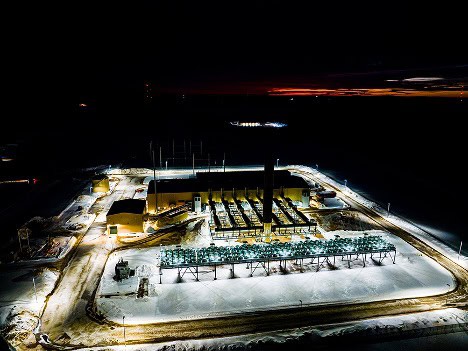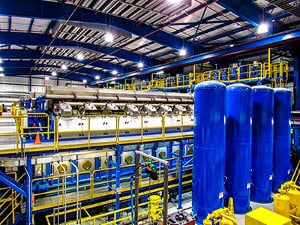By Chuck Holm, NERC Reliability Specialist
The front-line employee is a key NERC Standard Compliance resource. The front-line employee will have eyes and ears on the regulatory functions of the facility and will keep the facility in compliance if the proper tools are provided.
The primary tool is “training”. The training must be effective. To be effective the training must accommodate the visual, aural, and hands on needs of the adult learner. The training should clearly identify the objectives. Adults learn best when the training directly relates to their job. So, show the employee how it relates at the very start of the training.
Training material delivery is important. Assign the training function to a person willing to do the job and provide that individual guidance on the proper delivery of training material.
If a company culture supports assessments, it is recommended to assess the effectiveness of training. A well-written test is a real tool to assess the effectiveness of training. It’s not uncommon for investigators to ask “how do you know the training was effective” following an unwanted event. Having a well written and completed test can be used as evidence of training material comprehension.
Most facilities rigorously report safety related “near misses”. If the facility has an affective near miss reporting system, make sure the program includes near miss categories for regulatory near misses. Ensure that reported near misses are included in the daily safety/tailboard briefing for all personnel.
Avoid the myth that unwanted events could’ve been avoided if only the front-line employee was paying the proper attention to facility operations. We forget that by design we “load up” personnel in their daily routine to reliably operate and maintain the facility.
Many NERC standards require very short time reporting requirements such as 30 minutes, 1 hour, or even one business day. Two prime issues arise for short notice reporting requirements. One, does plant management authorize front-line employees to prioritize regulatory reporting requirements (for example, is reporting more important than start up activities)? Two, does the front-line employee have the tools necessary to know that an event occurred?
The remotely operated facility is challenging. Remote operators don’t always view all facilities with equal importance. As an example, the remote operating facility may focus more of their effort on the large hydro plants operated from the site and rarely monitor the engines or respond to alarms on the engines.
Alarms/annunciators that require no operator action only hide the important alarm – info alarms can at times come in so quickly that the critical alarm scrolls off alarm page. Do alarm responses include regulatory required responses such as reporting. For example, this writer observed an AVR tripped to manual response that instructed the operator how to control voltage in manual but no mention of the requirement to report the AVR trip to manual.
Modern alarm/annunciator systems offer various visual and aural functions. Regulatory type alarms can look and sound different. Some facilities that have installed additional alarm functions such as “Christmas Trees” where each light color of the tree indicates a different type of alarm – for instance, blue is regulatory and will require the operator to identify the regulatory alarm for the proper response. “Christmas Tree” are on occasion installed inside the plant such as the engine hall so personnel will know if a high importance alarm annunciated.
Modern electronic log software allows entry classification and, in many cases, can send a notification to identified personnel. Classifying the entry as NERC regulatory can cause another window to open requiring the operator to enter additional information such as resolution and date and time of required actions completed. Modern electronic log software can in some cases interface with the HMI and automatically log and classify regulatory functions. An electronic log can allow the operator to be de-coupled from the control room and still log and monitor important functions.
Shift turnover checklists should include NERC regulatory type confirmations. Many turnover checklists include air permit and water permit type confirmations but nothing for NERC. The shift turnover checklist may not identify a NERC standard deviation in enough time to report but it’s better than finding the deviation two months down the road. And for facilities unoccupied at night, weekends, and holidays, an end of shift checklist can identify issues prior to the last person leaving the facility.
NAES NERC can assess the frontline employee reporting culture and provide recommendations to enhance the NERC Standard deviation identifying and reporting culture.





















